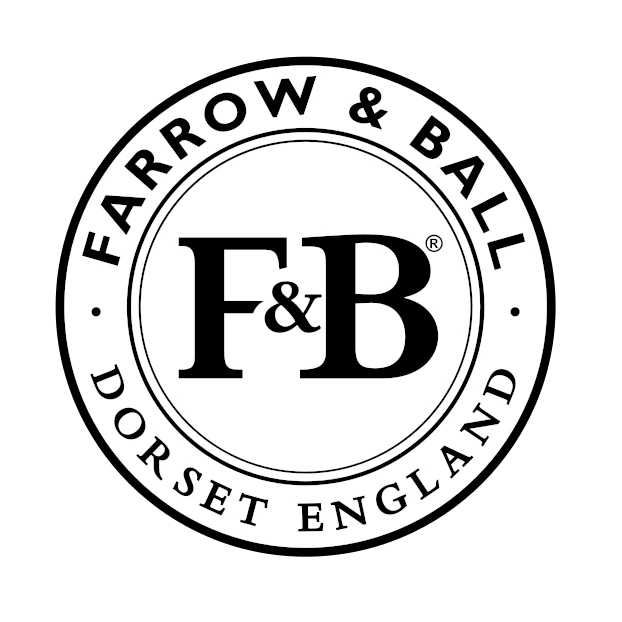Benjamin Moore Buttermilk 919
| Official page: | Buttermilk 919 |
| Code: | 919 |
| Name: | Buttermilk |
| Brand: | Benjamin Moore |
What color is Benjamin Moore Buttermilk?
Introducing Benjamin Moore 919 Buttermilk, a warm and inviting hue reminiscent of creamy butter under a soft morning light. This versatile neutral shade brings a sense of tranquility and comfort to any space, making it the perfect choice for walls or furniture. Pair Buttermilk with accents of deep navy (Hale Navy HC-154) for a sophisticated look, or add touches of soft sage (Windham Cream HC-6) for a harmonious and calming ambiance. Whether used in a cozy living room or a serene bedroom, Benjamin Moore 919 Buttermilk adds a touch of timeless elegance to your interior design.
Buttermilk for bedroom
We’ve hand-picked a beautiful collection of photos of this amazing Beige shade used in real bedrooms. Take a look and imagine how this wonderful warm Light paint color could transform your own bedroom space.
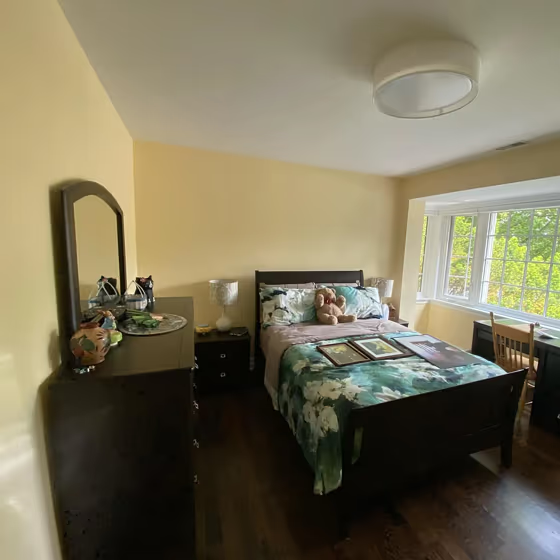
Try before you buy
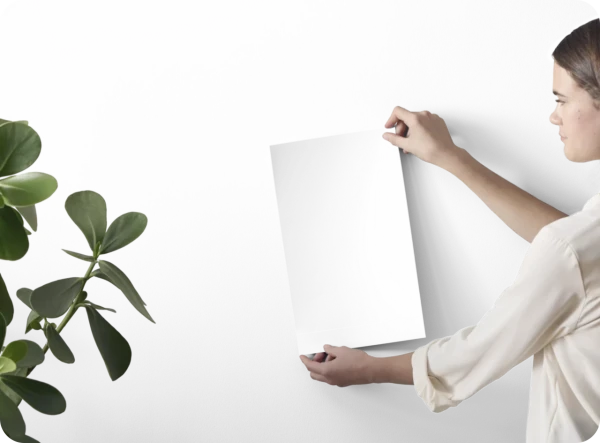

100% accurate
reusable paint samples

Peel, stick,
and repeat

Twice painted
with real paint

Next day
delivery
What are Benjamin Moore Buttermilk undertones?
The undertone of Buttermilk can be accurately described as a Yellow hue, as is apparent from the color space provided. By isolating the pure hue and eliminating any tints, tones, and shades, we were able to precisely determine its undertone. This approach has proven to be more accurate than traditional methods of defining undertones on a white background, which are now considered outdated.
HEX value
HEX value:
#F3EAD0
RGB code:
243, 234, 208
Is Benjamin Moore Buttermilk 919 cool or warm?

With a hue of 45° thisYellowrefers warm paint shade according to HSL (Hue, Saturation, Lightness) on the color wheel.
919 Buttermilk HSL code: 45, 59%, 88%
Hue - degree on a color wheel from 0 to 360. 0 is red, 120 is green, and 240 is blue.
Saturation is expressed as a percentage. At 0%, it appears as a shade of grey, and at 100%, it is in full color..
Lightness is also a percentage value. 0% is black, and 100% is white.
- Warm colors are ideal for kitchens, living rooms or bathrooms
- Warmer hues make larger spaces feel more inviting
- Warm yellow shades bring a sunny and cheerful atmosphere to a space, making it feel lively and welcoming, perfect for kitchens, living rooms, and play areas.
- To prevent a space from feeling too monotonous, consider pairing warm light shades with richer tones like deep greens or browns, or adding textures through fabrics and furnishings. Avoid using them in rooms with limited natural light, as they may appear too dull or yellowish
Act like a pro: Mixing warm and cool shades is a must have to get harmonius interior. Add accents that contrast with the primary color to create visual balance. If your walls are a warm color, don’t forget to add accent in cold colors (furniture, art, décor). A good practice is too use a complementary color scheme.
How light temperature affects Buttermilk
Natural Lighting. During the day, natural light shifts from about 2000 K at sunrise/sunset to 5500–6500 K at noon.
In addition, natural‑light temperature depends on its direction:
| Direction of sunlight | Visible temp. | Hue | Duration |
|---|---|---|---|
| North | Cool | Bluish | All day |
| East | Warm | Yellow | Before noon |
| West | Warm | Orange‑red | After noon |
| South | Warm | Orange‑yellow | All day |
Artificial Lighting. When choosing bulbs, pay attention to their color‑temperature (Kelvins).
Use the slider to see how this Yellow shade looks under different lighting:
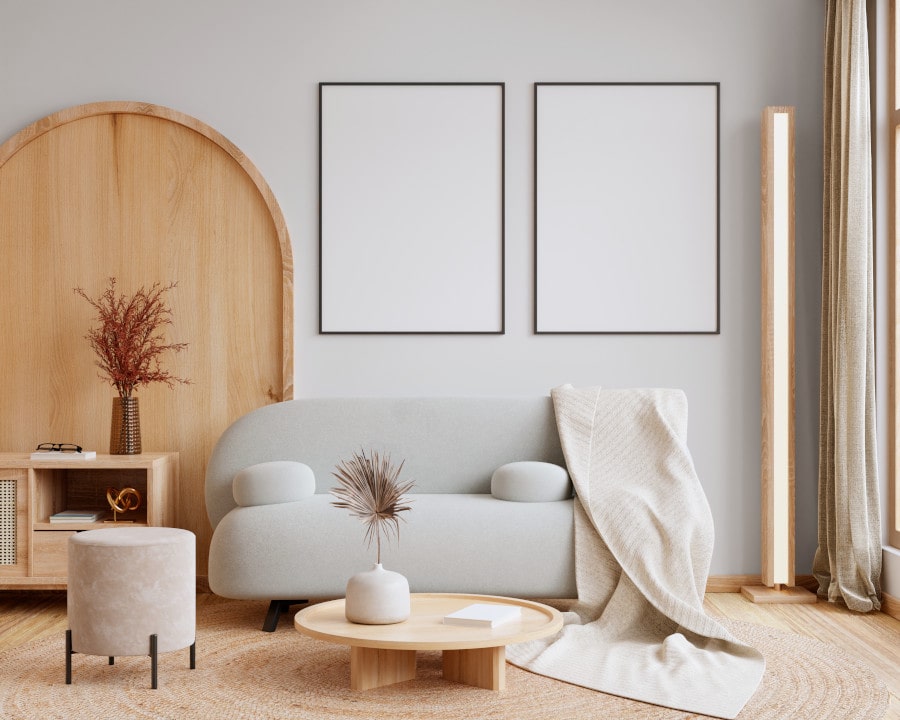
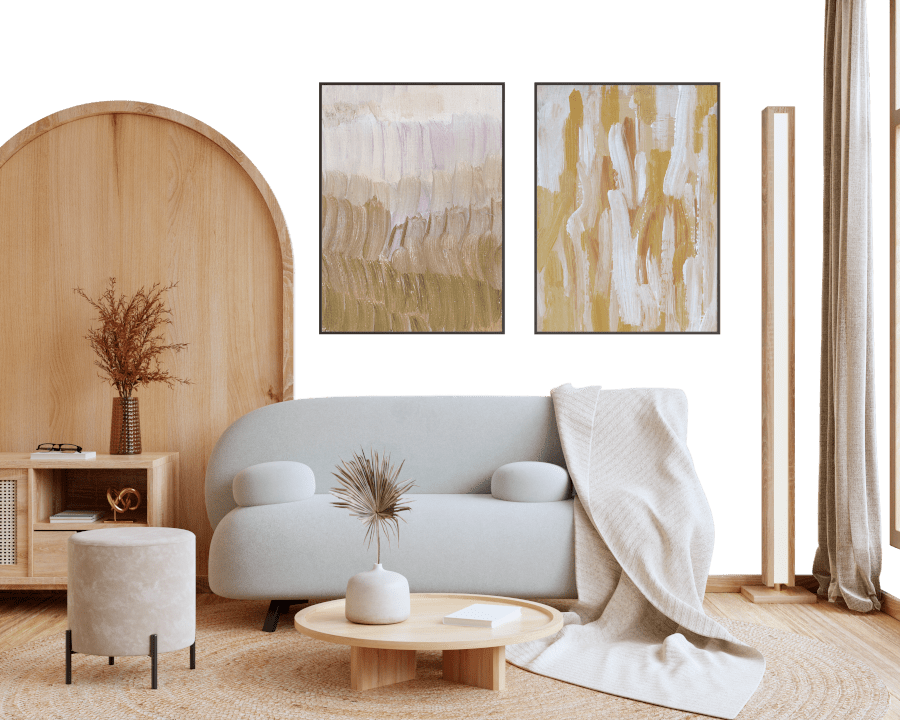
4000K
Coordinating colors.
Colors that go with Benjamin Moore Buttermilk:
Monochromatic color scheme

This scheme consists of various shades, tints, and tones of a single color. While it offers a perfect combination of hues, without accent décor it may become monotonous.
Lighter shades
Darker shades
Complementary color scheme

This color scheme is a combination of two shades that are opposite each other on the color wheel. The high contrast between these colors creates a vibrant and dynamic visual effect. For the color Buttermilk with a orange hue, complementary colors are those with a blue hue close to 225, such as Benjamin Moore November Skies and Kensington Blue.
LRV of Buttermilk
Buttermilk has an LRV of 79.69% and refers to Off‑White colors that reflect a lot of light. Why LRV is important?

Light Reflectance Value measures the amount of visible and usable light that reflects from a painted surface.
Simply put, the higher the LRV of a paint color, the brighter the room you will get.
The scale goes from 0% (absolute black, absorbing all light) to 100% (pure white, reflecting all light).
Act like a pro: When choosing paint with an LRV of 79.69%, pay attention to your bulbs' brightness. Light brightness is measured in lumens. The lower the paint's LRV, the higher lumen level you need. Every square foot of room needs at least 40 lumens. That means for a 200 ft2 living room you’ll need about 8000 lumens of light – e.g., eight 1000 lm bulbs.
Color codes
We have collected almost every possible color code you could ever need. To copy the code, just click the icon to the right of it.
| Format | Code | |
|---|---|---|
| HEX | #F3EAD0 | |
| RGB Decimal | 243, 234, 208 | |
| RGB Percent | 95.29%, 91.76%, 81.57% | |
| HSV | Hue: 45° Saturation: 14.4% Value: 95.29% | |
| HSL | hsl(45, 59, 88) | |
| CMYK | Cyan: 0.0 Magenta: 3.7 Yellow: 14.4 Key: 4.71 | |
| YIQ | Y: 233.727 I: 13.718 Q: -6.187 | |
| XYZ | X: 77.768 Y: 82.456 Z: 71.476 | |
| CIE Lab | L:92.776 a:-1.206 b:13.725 | |
| CIE Luv | L:92.776 u:6.76 v:20.508 | |
| Decimal | 15985360 | |
| Hunter Lab | 90.805, -6.036, 16.894 |
Color equivalents
246
Westchester Tan
Benjamin Moore
183
Morning Light
Benjamin Moore
AF-305
Ylang Ylang
Benjamin Moore
CSP-965
Knitted Cape
Benjamin Moore
204
Woodmont Cream
Benjamin Moore

OC-92
Mannequin Cream
Benjamin Moore

218
Beach Haven
Benjamin Moore
205
Simply Irresistible
Benjamin Moore
190
Pearly Gates
Benjamin Moore
OC-103
Antique Yellow
Benjamin Moore
928
Featherbed
Benjamin Moore
211
Fresh Air
Benjamin Moore
2151-60
Linen Sand
Benjamin Moore
SW 7561
Lemon Meringue
Sherwin Williams
SW 9662
Fresh Zest
Sherwin Williams
SW 7121
Corona
Sherwin Williams
OC-147
Cameo White
Benjamin Moore
225
Chatsworth Cream
Benjamin Moore



